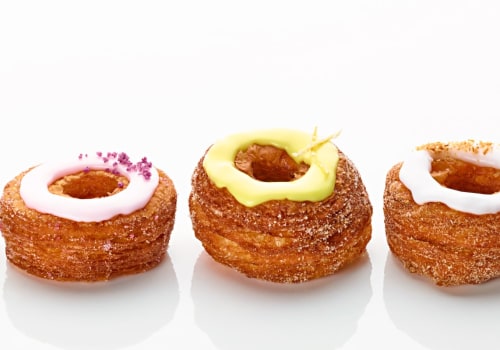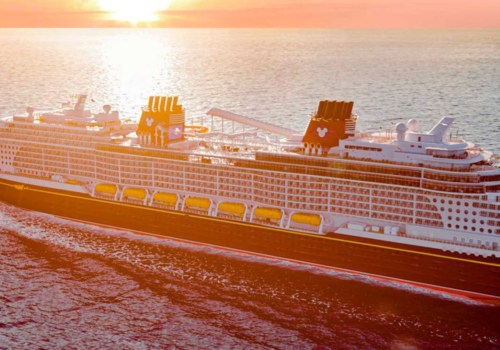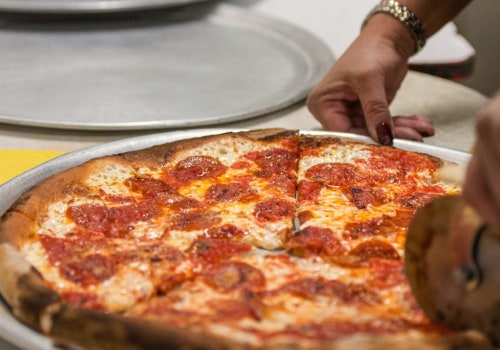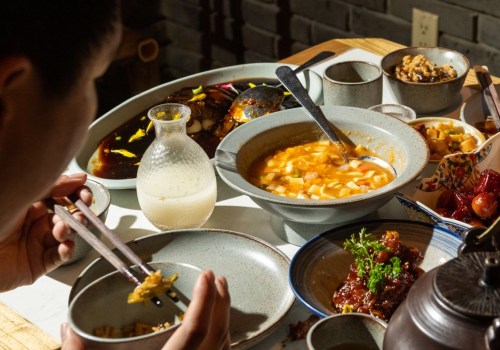Cheesecake has been around for as long as anyone can remember. But, according to reports, New York-style cheesecake, the kind that has become the standard version, was first created in 1872 in the city of Chester, New York. Others claim that the German immigrant Arnold Reuben invented it in 1929 and put it on the menu of his Midtown restaurant. And yes, this is the same Reuben who also created the eponymous sauerkraut and pastrami sandwich, now called The Reuben.
In any case, cheesecake, which consists of chunks of cream cheese with egg yolk on a cookie dough, is firmly planted in the culinary domain of New York City. The utility hot dog first appeared on the streets of New York City in the 1860s, sold by German immigrants, under the name of “sausage dog sausages”. Soon enough, cars appeared all over the city selling this tubular meat in a bun and it became a staple food of the Big Apple. Nowadays, sausages compete with kabab carts and food trucks that sell just about everything.
But you can still find karts that sell “dirty water dogs”, as they are known because the sausages stay on a tray of hot water until you ask for them. Like chopped cheese, the egg with cheese in a roll is a cellar or charcuterie sandwich. However, unlike shredded cheese, this one is almost omnipresent. Add bacon to this delicious morning snack and the name will change to BEC (bacon, egg and cheese).
You can choose how you want the egg to be cooked, but the default is scrambled. A proper BEC should have meat, cheese and egg in every bite. Bagels and smoked salmon are the best dish to melt. Both had a long culinary history before joining together in the new world.
Bagels arrived in the Lower Side East with the immigration of Polish Jews. Smoked salmon is a little more complicated, a mix of the Scandinavian tradition of saltwater salmon and Native American smoking and drying techniques. The sandwich also includes some American cream cheese and sometimes also Italian onions and capers. The combination can be found at every bagel store in town, but Russ & Daughters is a piece of living history.
Opened in 1914, the iconic “appetizing” store specializes in the Jewish tradition of serving foods combined with bagels. Unlike delicatessen stores that serve meat, the store focuses on dairy products (cream cheese) and expertly cured fish, such as caviar, sturgeon and salmon. Trash is for eating in Rochester, where residents go crazy over the strange trash can. The story goes that a long time ago, a university student asked restaurateur Nick Tahou for a meal with “all the garbage”.
Tahou agreed and created a combined dish with two hamburgers and a choice of two side dishes: homemade French fries, pasta salad and beans dipped in tomato sauce and hot sauce. Everything is mixed before eating, with rolls or white bread as a side dish. Now, the name Garbage Plate is a registered trademark, but similarly named versions are served all over the city with a variety of proteins, such as sausage and eggs. Nick Tahou Hots is still the ideal place to learn about Rochester's strange history and enjoy an ideal meal late into the night.
Cheesecake was part of the global culinary canon long before the imposing metropolis of New York City reclaimed its fame: soft cheesecakes date back to ancient Greece. However, an American created the breakthrough that would become New York Cheesecake. In an attempt to reproduce Neufchatel's French cheese, a man named William Lawrence of Chester, New York, stumbled upon an even richer and creamier result without ripening. That creamy cheese became the basis of the simple New York cheesecake (along with cream, eggs and sugar), which grew in popularity in the early 20th century.
The most venerable version came out of Junior's kitchen in downtown Brooklyn in 1950, and resulted in a dense, smooth, almost spicy dessert that still attracts fans from all over the region and around the world. Often imitated, never duplicated, Dominique Ansel's Cronut began a national obsession with hybrid foods. Buffalo wings, the favorite food of sports fans, are named after the city of their origins. Founded in the 1970s by James “JB Bromell” and Johnsie Mitchell, this is one of the few remaining soul food destinations managed by black women and that once dominated Harlem, Bedford-Stuyvesant and Prospect Heights.
Although technically called “Keens Steakhouse”, lamb chop has become a star dish and one of the city's most iconic foods. But since then, the smoked brisket sandwich, the centerpiece, has become one of New York's most iconic dishes, along with pastrami and corned beef. Korean food began to take off here in the 1980s, and it was during that time that many of the oldest restaurants in Koreatown opened. Not just a shake and has little to do with Beantown, Boston Shake is one of those hybrid dishes that predates the modern hybrid food craze.
It was brought to New York by Romanian Jews in the late 19th century, during a period of mass immigration from Eastern Europe. Alita may be Buffalo's most famous and export dish, but it's not the only culinary specialty that comes from the City of Good Neighbors. Many meat lovers in the New York area believe Peter Luger's porterhouse is the best steak ever served, despite brutal criticism from the Times. David Farley is a food and travel writer based in the West Village, whose work appears regularly in the New York Times, National Geographic, the BBC and Food & Wine, among other publications.
The origins of the dish date back to the Uighurs and it became popular in Henan before it was established here, in a restaurant run by Fujian owners, illustrating the tortuous route that many iconic dishes usually follow before arriving in New York. Pierogi was among New York's most iconic foods long before the Russian war against Ukraine led diners to stand in line at Veselka. . .




Leave a Comment